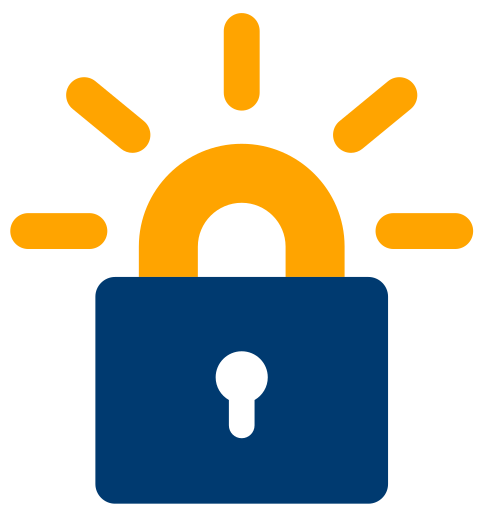Free Wildcard TLS with Net::ACME2 and Let’s Encrypt

Much of the credit for the recent improvement in TLS deployment across the Internet must go to Let’s Encrypt (LE), who provide free TLS certificates via an open-access RESTful API. That API has a large number of clients in many languages, including Perl. (The list includes the cPanel-derived Net::ACME as well as Crypt::LE, Protocol::ACME, WWW::LetsEncrypt, and Mojo::ACME.)
LE has worked with the IETF to standardize their “ACME” (Automated Certificate Management Environment) protocol as an Internet standard. The forthcoming standard breaks compatibility with the previous version of the protocol, which necessitates updates to the client logic.
As an incentive for clients to adopt the new protocol, though, LE will offer free wildcard TLS via their new API.
I thought I would take the opportunity to rework Net::ACME for support of the new protocol and quickly decided that a new distribution would suit the need best. Besides the significant protocol changes that have taken place, I wanted to make some “deeper” changes like:
I wanted to incorporate X::Tiny to reduce some logic duplication and gain the benefits of that library.
The new protocol suggests some changes to the class structure that would have been unwieldy to incorporate in the prior version.
And so, Net::ACME2 is now available. This is a generic client library for any standard ACME implementation, though the only known public ACME implementation right now is Let’s Encrypt’s. Their API only provides testing certificates for now, but once there’s a production endpoint I will update Net::ACME2 to use it.
Like its predecessor, Net::ACME2:
… supports both RSA and ECDSA
… runs anywhere that Perl runs—no XS required except for core modules. (cf. Crypt::Perl)
… reports detailed errors via typed exceptions
… has minimal dependencies (no Moose, &c.)
I’ve created some example scripts to get you started. After you’ve installed the module, clone the repo, change into the root project directory and run:
$ ./examples/http-01.pl
… or:
$ ./examples/dns-01.pl
These walk you through the following steps (with Let’s Encrypt):
Read the terms of service and, if you accept them, proceed.
Create an RSA or ECC private key. Net::ACME2 will extract the public key from it and send it to the ACME server as your account identifier. (The example scripts create a new key for each invocation, but for a production deployment you should reuse a key.)
Create a certificate order by telling Net::ACME2 which domains the certificate will include. The ACME server will respond with options for “challenges”—i.e., how to prove that you control those domains. Currently there are two available methods: HTTP and DNS. (NOTE: Wildcard domains require the DNS method.)
Set up the verification. For HTTP that means making a specific URL on the domain respond with specific content; for DNS it means creating a TXT record with a specific name and content. (The example scripts use the same challenge method for all domains, but your application can be more flexible.)
Indicate to the ACME server which challenge you’re accepting for each domain.
Finalize the certificate order. This will tell you if any challenges failed or are still pending.
If all domains’ challenges succeeded, you’ll get a URL whose content will be the newly-issued certificate.
Net::ACME2 is, like the ACME standard itself, still subject to change, but it’ll get the job done for now. Give it a try!
Tags
Felipe Gasper
Felipe Gasper has been writing Perl since the early 2000s and currently consults regularly for cPanel, L.L.C. He is also an experienced choral conductor, singer, and organist. In his spare time he enjoys movies, theater, “armchair linguistics”, and gaming.
Browse their articles
Feedback
Something wrong with this article? Help us out by opening an issue or pull request on GitHub





